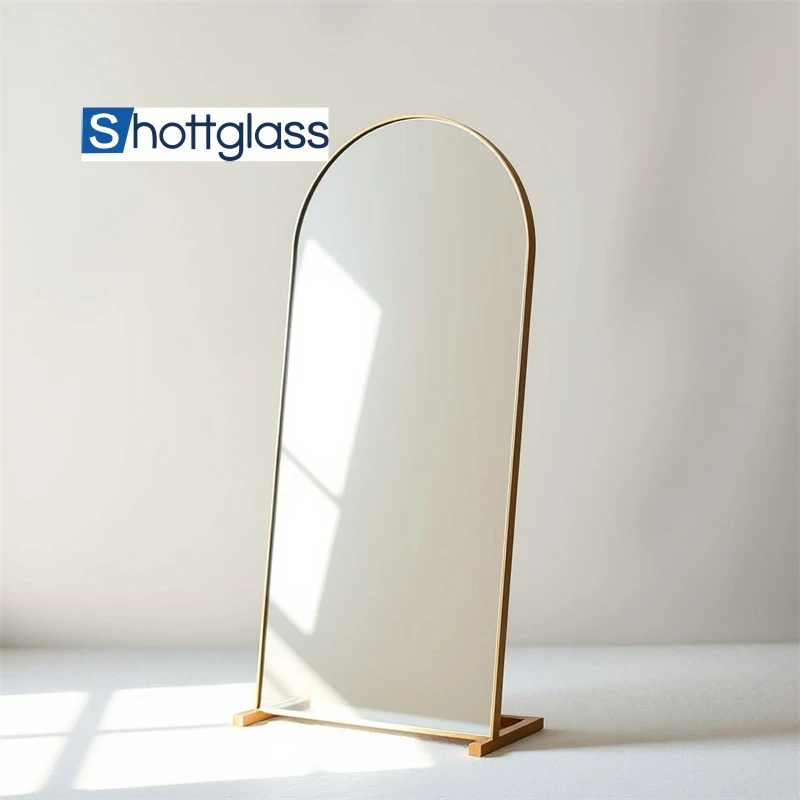Sep . 06, 2024 08:45 Back to list
Cracked Laminated Glass Solutions | Repair & Replacement Services
Understanding Cracked Laminated Glass Causes, Impacts, and Solutions
Laminated glass is renowned for its safety and durability, making it a popular choice in various applications, from automotive windshields to architectural windows. However, despite its many advantages, laminated glass can develop cracks, raising concerns about structural integrity, safety, and aesthetics. This article explores the causes of cracked laminated glass, its implications, and possible solutions.
Causes of Cracked Laminated Glass
The primary feature of laminated glass is its construction two or more layers of glass bonded together with a durable interlayer, usually made from polyvinyl butyral (PVB). While this design enhances safety by keeping shattered glass fragments in place, it doesn't make the glass immune to damage. Several factors can lead to cracks in laminated glass
1. Thermal Stress Rapid temperature changes can cause uneven expansion or contraction of the glass, leading to thermal stress. This is particularly common in environments where glass is exposed to direct sunlight on one side while the other side remains cool.
2. Mechanical Impact Physical blows from objects, whether accidental or deliberate, can introduce cracks. Even seemingly minor impacts can lead to stress fractures, particularly if the glass was already compromised.
3. Manufacturing Defects In some cases, the glass may have inherent weaknesses from the manufacturing process. Air bubbles or impurities within the interlayer can create points of weakness that may crack under stress.
cracked laminated glass

Impacts of Cracked Laminated Glass
Cracked laminated glass can have significant implications. From a safety perspective, cracks can compromise the glass's ability to function effectively as a protective barrier. In vehicles, for instance, a cracked windshield may reduce visibility and increase the risk of accidents. In buildings, weakened glass could pose a hazard, particularly in high-rise structures where failure could lead to injury or damage.
Aesthetic concerns are also paramount; visible cracks can detract from the overall appearance of a building or vehicle. This is particularly critical in high-end architectural designs where clarity and visual appeal are essential.
Solutions and Preventive Measures
Addressing cracked laminated glass typically involves repair or replacement. For minor cracks, specialized repair techniques can restore the glass's integrity without full replacement. However, significant damage usually warrants the replacement of the entire pane to ensure safety and performance.
Preventive measures are vital to minimize the occurrence of cracks. Implementing protective films, ensuring proper installation, and monitoring for defects during manufacturing can help reduce risk. Additionally, homeowners and vehicle owners should inspect their laminated glass regularly, especially after severe weather events or impacts.
In conclusion, while cracked laminated glass poses challenges, understanding its causes and implications allows for effective prevention and repair strategies, ensuring continued safety and performance in its applications.
-
Types of Reflective Glass
NewsNov.17,2025
-
What Is Dichroic Glass?
NewsNov.17,2025
-
Smart LED mirrors can have touch controls
NewsNov.17,2025
-
Laminated glass improves energy efficiency
NewsNov.17,2025
-
Insulated glass enhances building comfort
NewsNov.17,2025
-
Acid etched glass offers elegant privacy
NewsNov.17,2025
Related PRODUCTS














